Gmap is a map bundler to help your community make maps with the full power of the godot engine. GitHub: https://github.com/Kaifungamedev/GMap
Plugins
 4.2v1.0.0ToolsBy: kaifungamedev
4.2v1.0.0ToolsBy: kaifungamedev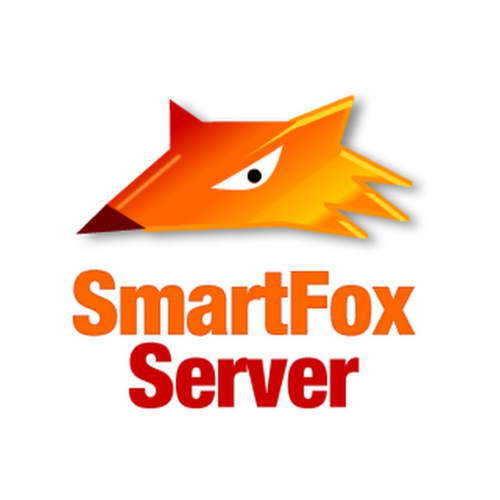 4.2v1.0Projects
4.2v1.0ProjectsThe Shooter example shows how to develop a full multiplayer first/third person combat game with Godot 4.x and SmartFoxServer 2X. The game utilizes SmartFoxServer 2X's ability to mix TCP and UDP based messaging, and makes full use of SmartFoxServer's Lag Monitor
By: SmartFoxTeam 3.4v1.0.0Templates
3.4v1.0.0TemplatesThe purpose of this project is to create a base for developing Godot plugins for Android easily.
By: fernan2cas96 4.1v1.0.03D Tools
4.1v1.0.03D ToolsThis plugin lets you create signals with a visual representation. These connections are drawn as well. And, lastly, connecting signals is done via inspector.
By: Hectarea 3.5v3.5-9e68af3Demos
3.5v3.5-9e68af3DemosDemo of multitouch input and different gestures using the touch API. This demo is meant to be used with a touch-enabled device such as a phone or tablet. Language: GDScript Renderer: GLES 2
By: Godot Engine 3.5v3.5-9e68af3Demos
3.5v3.5-9e68af3DemosA demo showing how a game made in Godot can be paused. Language: GDScript Renderer: GLES 2
By: Godot Engine 3.5v3.5-9e68af3Demos
3.5v3.5-9e68af3DemosThis is a simple game where your character must move and avoid the enemies for as long as possible. This is a finished version of the game featured in the "Your first game" tutorial in the documentation. For more details, consider following the tutorial in the documentation. https://docs.godotengine.org/en/latest/getting_started/first_2d_game/index.html Language: GDScript Renderer: GLES 3 (particles are not available in GLES 2)
By: Godot Engine 3.5v3.5-9e68af3Demos
3.5v3.5-9e68af3DemosThis is a simple game where your character must move and avoid the enemies for as long as possible. This is a finished version of the game featured in the "Your first game" tutorial in the documentation, but ported to C#. For more details, consider following the tutorial in the documentation. https://docs.godotengine.org/en/latest/getting_started/first_2d_game/index.html Language: C# Renderer: GLES 3 (particles are not available in GLES 2)
By: Godot Engine- 4.1v2.0Scripts
This script provides an Objects pool with minimal methods to store and get pooled objects and PackedScenes to load into.
By: q8geek 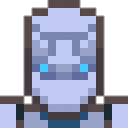 4.2v4.2-31d1c0cDemos
4.2v4.2-31d1c0cDemosThis demo project shows a way to create a 2.5D game in Godot by mixing 2D and 3D nodes. It also adds a 2.5D editor viewport for easily editing 2.5D levels. How it works: Custom node types are added in a Godot plugin to allow 2.5D objects. Node25D serves as the base for all 2.5D objects. Its first child must be a 3D Spatial, which is used to calculate its position. Then, add a 2D Sprite (or similar) to display the object. Inside of Node25D, a 2.5D transformation matrix made of three `Vector2`s is used to calculate the 2D position from the 3D position. For getting a 3D position, this project uses CharacterBody3D and StaticBody3D, but these only exist for math - the camera is 2D and all sprites are 2D. You are able to use any Spatial node for math. Several view modes are implemented, including top down, front side, 45 degree, isometric, and two oblique modes. To implement a different view angle, all you need to do is create a new set of basis vectors in Node25D, use it on all instances, and of course create sprites to display that object in 2D. The plugin also adds YSort25D to sort Node25D nodes, and ShadowMath25D for calculating a shadow (a simple CharacterBody3D that tries to cast downward). Language: GDScript Renderer: Compatibility
By: Godot Engine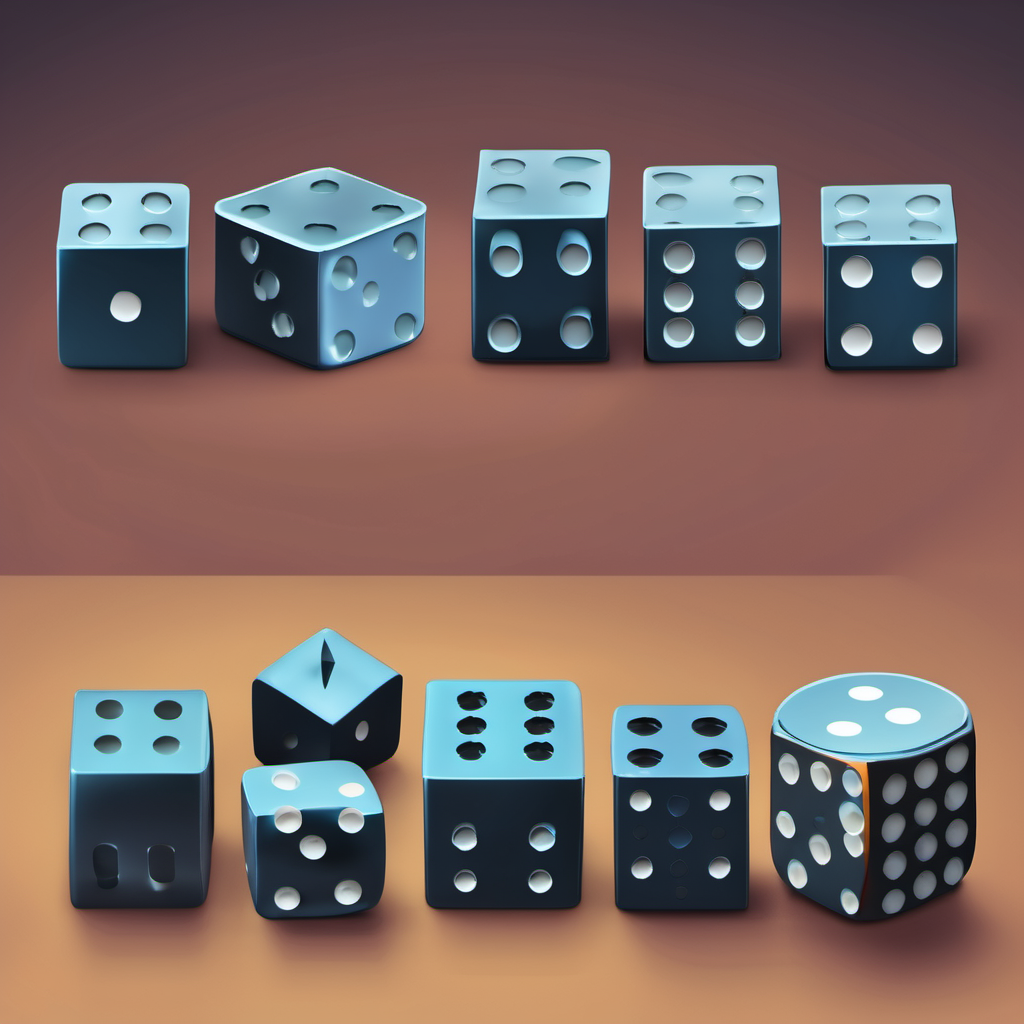 4.0v0.2Scripts
4.0v0.2ScriptsThe Dice_Roll plugin for Godot 4.0 is designed to enhance your gaming experience by providing an interactive dice roll mechanism. For optimal performance and functionality, we recommend using the Jolt physics engine. for more see: https://github.com/Rebelion-Board-game/Dice_Roll
By: slime3000fly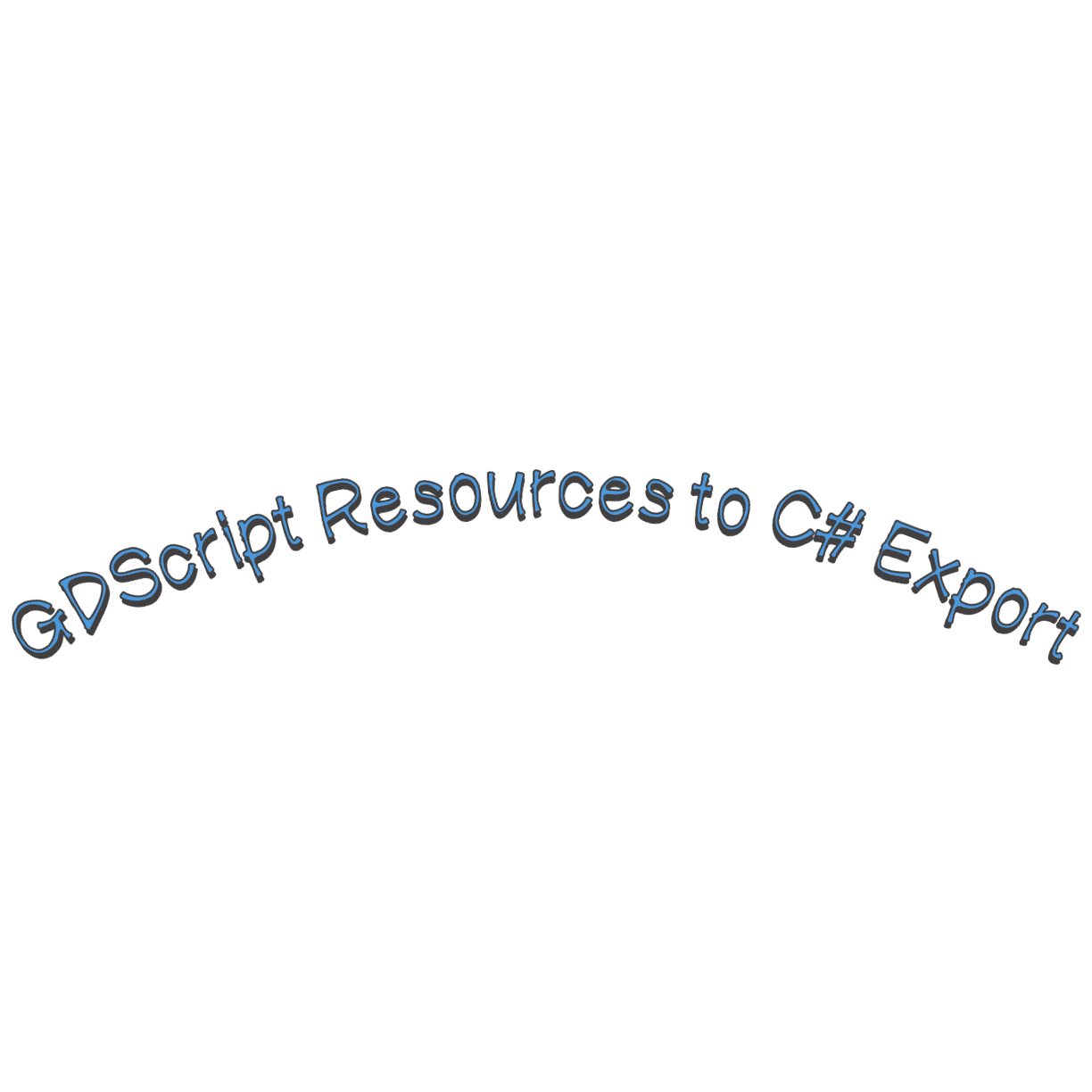 4.2v1.1.0Scripts
4.2v1.1.0ScriptsExport resources written in GDScript to your C# script with the built-in attribute.
By: PattyHoswell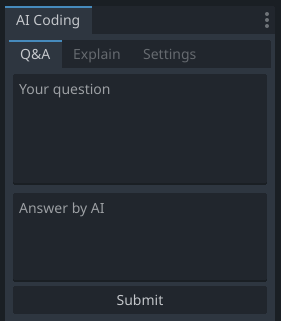 4.0v0.1.2Tools
4.0v0.1.2ToolsEditor plugin to help coding with Q&A
By: Clemens Tolboom 4.2v4.2-31d1c0cDemos
4.2v4.2-31d1c0cDemosThis demo is a pixel art 2D platformer with graphics and sound. It shows you how to code characters and physics-based objects in a real game context. This is a relatively complete demo where the player can jump, walk on slopes, fire bullets, interact with enemies, and more. It contains one closed level, and the player is invincible, unlike the enemies. You will find most of the demo’s content in the `level.tscn` scene. You can open it from the default `game.tscn` scene, or double click on `level.tscn` in the `src/level/` directory. We invite you to open the demo's GDScript files in the editor as they contain a lot of comments that explain how each class works. Language: GDScript Renderer: Compatibility
By: Godot Engine- 4.2v4.2-31d1c0cDemos
This project showcases how to load and save various file types without going through Godot's resource importing system. This is useful to load/save images, sounds, 3D scenes and ZIP archives at run-time such as user-generated content, without requiring users to generate a PCK file through Godot. Can be loaded and saved at run-time: - Images (JPEG, PNG, WebP) - 3D scenes (glTF 2.0) - ZIP archives - Plain text files* Can be loaded at run-time: - Images (TGA, BMP, SVG**) - Audio (Ogg Vorbis) - Fonts (TTF, OTF, WOFF, WOFF2, PFB, PFM, BMFont) *: Manipulating custom binary formats is possible using the FileAccess and PackedByteArray classes, but this is not shown in this demo. **: It is possible to procedurally generate SVG as text and save it to a file with `.svg` extension using the FileAccess class, but this is not shown in this demo. See the "Saving and Loading (Serialization)" demo for an example of saving/loading game progress. Language: GDScript Renderer: Compatibility
By: Godot Engine  4.2v4.2-31d1c0cDemos
4.2v4.2-31d1c0cDemosThis is a demo of a simple chat implemented using WebSockets, showing both how to host a websocket server from Godot and how to connect to it. Language: GDScript Renderer: Compatibility
By: Godot Engine 3.5v3.5-9e68af3Demos
3.5v3.5-9e68af3DemosKinematic character demo for 3D using a cube for the character. This is similar to the 3D platformer demo. Language: GDScript Renderer: GLES 3
By: Godot Engine 3.5v3.5-9e68af3Demos
3.5v3.5-9e68af3DemosThis demo showcases Godot's global illumination systems: GIProbe, BakedLightmap (indirect only and fully baked) and ReflectionProbe. Use the mouse to look around, W/A/S/D or arrow keys to move. Language: GDScript Renderer: GLES 3
By: Godot Engine